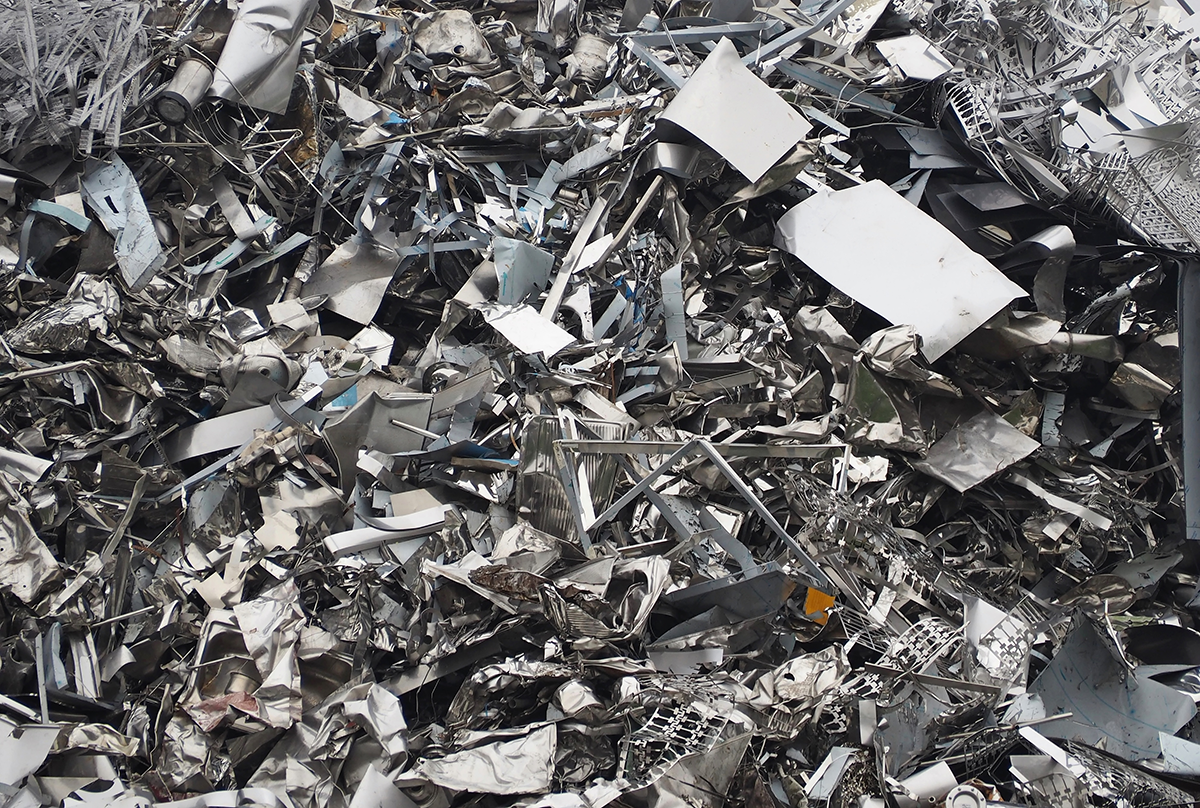The Life Cycle of Metal

At Taroni’s of Birmingham we have been scrapping and recycling various types of metals since 1952. Meeting the scrap metal and recycling needs of both individuals and businesses throughout Birmingham and the wider area.
While many businesses are only just becoming aware of the environmental impacts of their actions. Taroni’s have been at the forefront of recycling for over half a century.
With this in mind we take a look at the scrap metal recycling process and the important role the Taroni’s and other scrap metal recycling companies play in conserving natural resources, giving new life to old metal and minimising environmental impact. Here’s an overview of how scrap metal is processed:
Collection and Transportation
Scrap metal is collected from various sources, including individuals, businesses, construction sites, and manufacturing facilities. It can include items like old appliances, scrap cars, structural components, and machinery. Once collected, the scrap metal is transported to our scrap yard.
Sorting and Separation
At our scrap yard, scrap metal is sorted and separated into different categories based on the type of metals, such as steel, aluminium, copper and numerous others. We also separate ferrous and non-ferrous metals.
Processing and Shredding
Larger metal items, such as scrap cars or appliances, are often processed and prepped for recycling. This can involve removing non-metal components, such as plastics and glass, through manual dismantling or mechanical processes. After preparation, the metal is often shredded into smaller pieces to facilitate further processing.
Melting and Purification
The shredded metal is then melted down in a furnace. The temperature required varies depending on the type of metal. During melting, impurities like coatings, paint, or contaminants are burned off. The molten metal is sampled and tested for composition to ensure it meets quality standards.
Refining and Alloying
In the case of certain metals, like aluminium, refining and alloying may be necessary. For example, aluminium is often alloyed with small amounts of other metals to enhance its properties. The melted metal is adjusted to the desired alloy composition, ensuring consistency in the final product.
Casting or Forming
Once the metal has been melted, refined, and possibly alloyed, it’s ready to be cast into specific shapes or forms. Depending on the intended application, the molten metal may be cast into ingots, bars, sheets, or other desired shapes.
Rolling or Extrusion
Metals like aluminium and steel are often further processed through rolling or extrusion. Rolling involves passing metal through a series of rollers to achieve the desired thickness and shape. Extrusion involves forcing the metal through a die to create complex shapes.
Manufacturing New Products
The processed scrap metal is now in the form of raw material that can be used to manufacture a wide range of products. These products can include new cars, appliances, construction materials, packaging materials, and more.
Distribution and Reuse
Manufacturers and industries purchase the recycled metal to incorporate it into their production processes. Recycled metal is often mixed with virgin metals to create alloys that meet specific requirements for strength, durability, and other properties.
Closing the Loop
The use of recycled metal in manufacturing completes the recycling loop. When these products reach the end of their useful life, they can become sources of scrap metal again, starting the process anew.
Taroni’s are proud to be part of the scrap metal recycling process that not only conserves natural resources but also contributes to energy savings, reduced greenhouse gas emissions, and a more sustainable approach to metal production and consumption.


